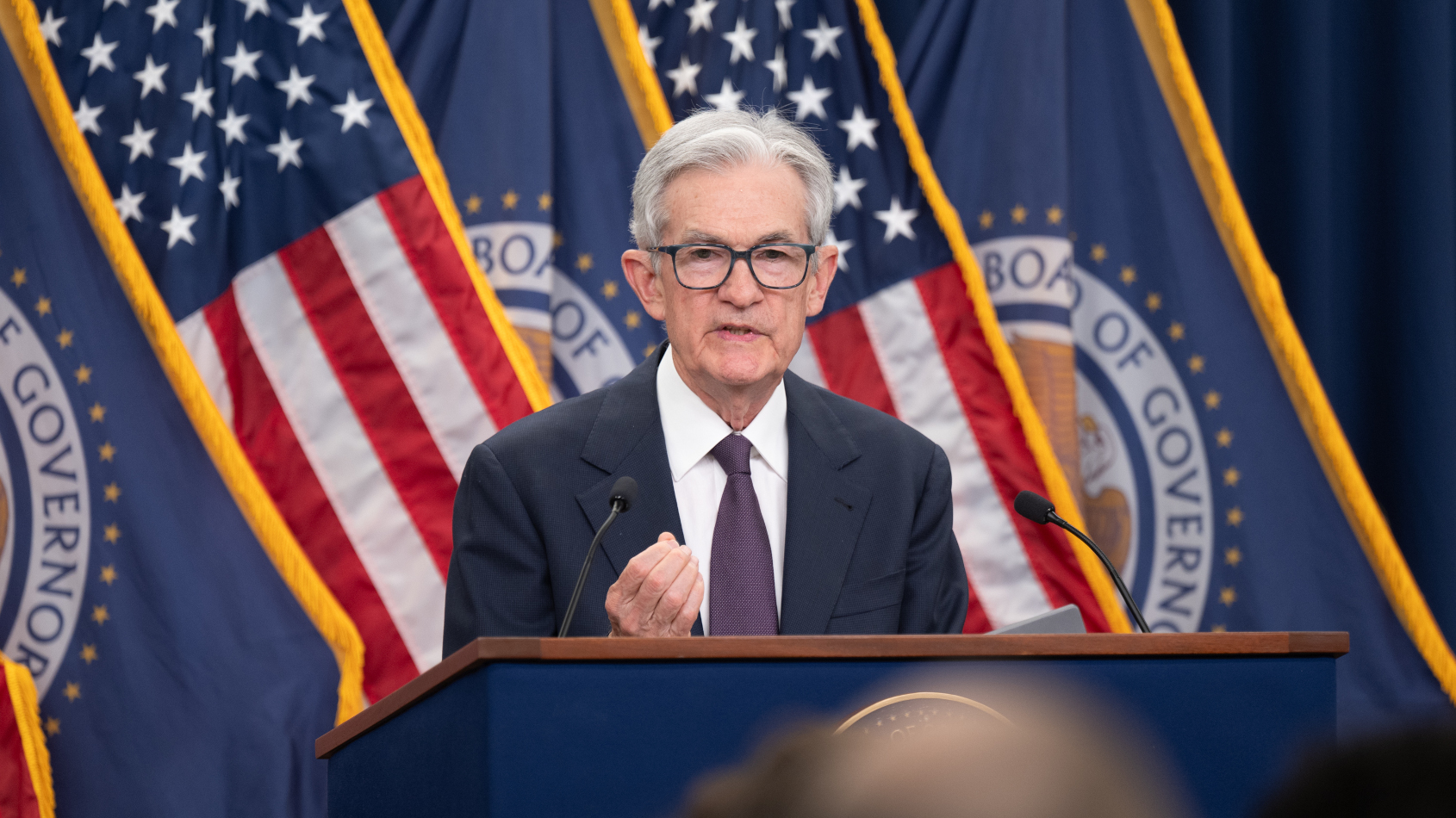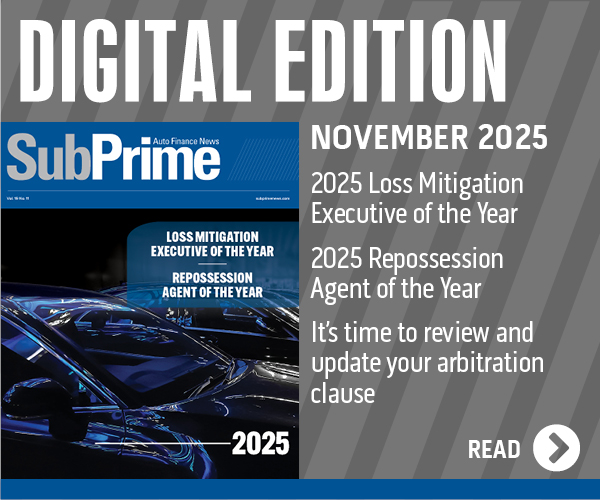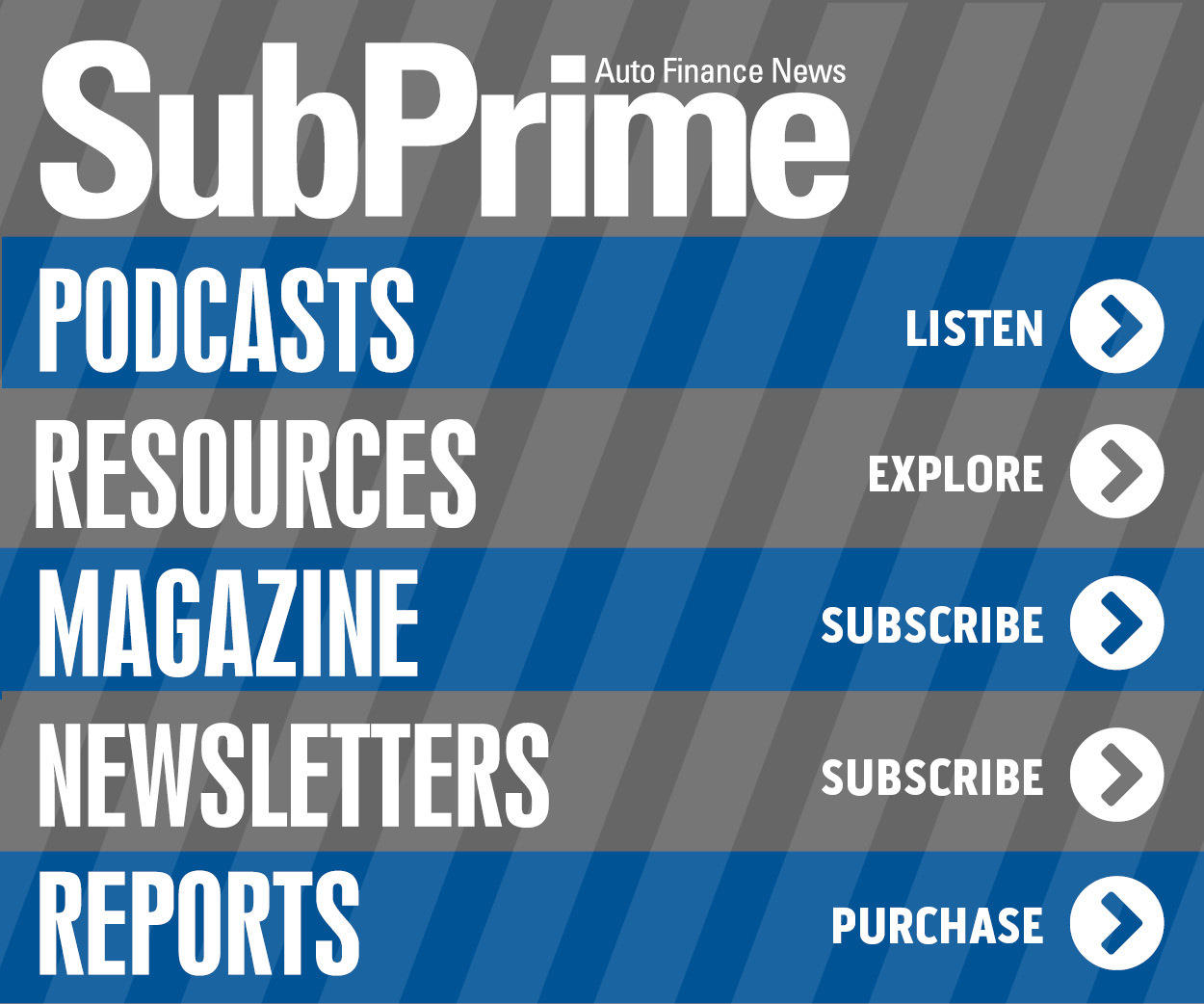Fed ‘in a tough spot,’ while a ‘very long summer’ could be ahead

Federal Reserve chair Jerome Powell answers questions during a press conference on Wednesday in Washington, D.C. Photo courtesy of the Fed.
By subscribing, you agree to receive communications from Auto Remarketing and our partners in accordance with our Privacy Policy. We may share your information with select partners and sponsors who may contact you about their products and services. You may unsubscribe at any time.
Economists didn’t have cheery projections after the Federal Reserve didn’t cut interest rates during its latest opportunity on Wednesday.
The Federal Open Market Committee (FOMC) held the federal funds target unchanged at a range of 4.25% to 4.50% in a move experts said was “universally expected.” The Fed now hasn’t modified rates for six months in a row after cutting the target range a full percentage point between September and December.
Fed chair Jerome Powell explained the tight ripe policymakers are navigating amid an economic scene that’s been impacted by tariffs and other conditions softening consumer sentiment and spending.
“Changes to trade, immigration, fiscal, and regulatory policies continue to evolve, and their effects on the economy remain uncertain. The effects of tariffs will depend, among other things, on their ultimate level. Expectations of that level, and thus of the related economic effects, reached a peak in April and have since declined. Even so, increases in tariffs this year are likely to push up prices and weigh on economic activity,” Powell said in his opening statement of a press conference following Wednesday’s rate announcement.
“The effects on inflation could be short-lived — reflecting a one-time shift in the price level. It is also possible that the inflationary effects could instead be more persistent. Avoiding that outcome will depend on the size of the tariff effects, on how long it takes for them to pass through fully into prices, and, ultimately, on keeping longer-term inflation expectations well anchored,” he continued.
“Our obligation is to keep longer-term inflation expectations well anchored and to prevent a one-time increase in the price level from becoming an ongoing inflation problem,” Powell added. “As we act to meet that obligation, we will balance our maximum employment and price-stability mandates, keeping in mind that, without price stability, we cannot achieve the long periods of strong labor market conditions that benefit all Americans.
Subscribe to Auto Remarketing to stay informed and stay ahead.
By subscribing, you agree to receive communications from Auto Remarketing and our partners in accordance with our Privacy Policy. We may share your information with select partners and sponsors who may contact you about their products and services. You may unsubscribe at any time.
“We may find ourselves in the challenging scenario in which our dual-mandate goals are in tension,” Powell went on to say. “If that were to occur, we would consider how far the economy is from each goal, and the potentially different time horizons over which those respective gaps would be anticipated to close. For the time being, we are well positioned to wait to learn more about the likely course of the economy before considering any adjustments to our policy stance.”
Current auto-finance conditions
In reacting to the latest Fed move, Cox Automotive chief economist Jonathan Smoke shared the newest auto-finance data the company has compiled.
Smoke noted that average rates on for both new-car and used-vehicle financing are moving higher so far this year.
The average rate for new-car financing in June stands at 9.52%, which Smoke said is 84 basis points higher year to date but 13 basis points lower from a year ago.
The average rate for used-vehicle financing is 73 basis points higher year to date, according to Cox Automotive tracking. Smoke pointed out the average rate at 14.18% is 24 basis points higher year-over-year.
Furthermore, Smoke mentioned the average rate for used-car financing hit a 25-year high in February at 14.79%.
So, Smoke empathized with dealers and lenders that are trying to work with stretched consumers to get them into a financing contract that can benefit all parties involved.
“This high level of auto loan rates, combined with higher vehicle prices driven by tighter supply and tariff pressures, has reduced affordability and limits potential demand,” Smoke wrote in his commentary. “The outlook is not good for relief on auto loan rates anytime soon. The Fed is unlikely to cut rates before the end of the year. Likewise, longer-term bond yields are unlikely to decline significantly and carry more risk to the upside due to growing Federal deficits requiring increased treasury issuance.
“Welcome to a long, slow summer of waiting,” Smoke added. “The Fed will be waiting for clear data evidence, financial markets will be waiting for the Fed, and consumers and fleet buyers will be waiting to see what happens with tariffs. This is not a recipe for sustained, healthy demand for vehicles, especially new ones. It could be a very long summer indeed.”
What else might be next
As challenging as it might be for dealers and finance companies to keep metal moving and payments coming, experts also acknowledged the situation the Fed now faces. Policymakers can make an adjustment to interest rates at the end of July.
“The Fed is in a tough spot,” Comerica Bank chief economist Bill Adams and senior economist Waran Bhahirethan said in a commentary released on Wednesday. Their mandate requires them to pursue maximum employment and price stability. In the rear view, they’re doing pretty well against both legs of the mandate — the unemployment rate was in a pretty good spot at 4.2% in May, and PCE inflation was likely near their 2% target in the month as well. The forward-looking view is more concerning.
“Tariff hikes are expected to raise inflation and slow job creation. And to the extent that the Israel-Iran war affects the U.S. economy, the effect would likely be even more inflation and less job creation. The Fed doesn’t have great tools to address stagflationary shocks like these,” Adams and Bhahirethan went on to say.


